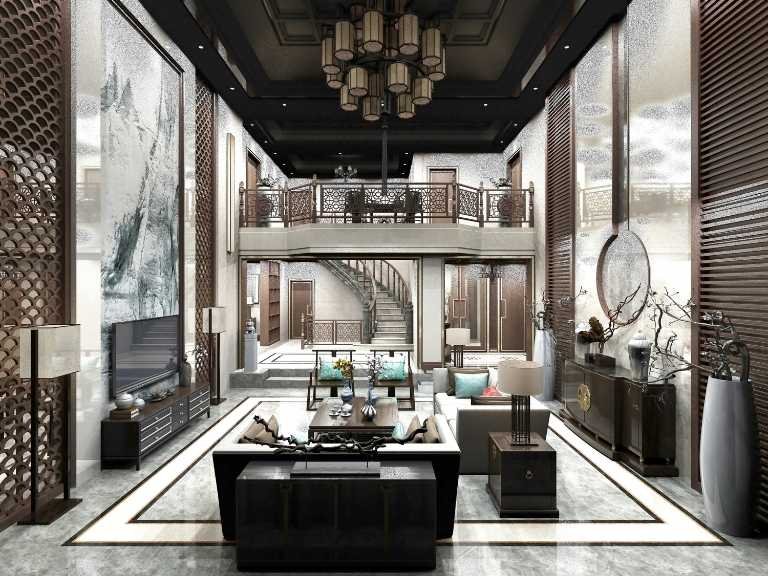Postmodern architecture is a style that emerged in the late 20th century as an alternative to modernist architecture. It is characterized by its eclectic use of materials, rejection of classical forms, and focus on the relationship between people and the built environment. It is often seen as an attempt to create a more humane and livable environment that is in tune with its context.
The postmodern architecture combines elements from different styles and periods and often uses bold colors and shapes to create visually stimulating buildings. It is based on the idea that one style does not fit all and that facilities should be tailored to their specific surroundings. Postmodern architects seek to create a sense of history and identity in their projects by combining traditional and modern elements in unexpected ways.
Much of the work of postmodern architects can be seen in public buildings, such as museums and city halls. These buildings often incorporate classical elements such as columns and arches but are often combined with more modern features such as steel and glass. The aim is to create a sense of continuity between the past and the present.
Postmodern architects are also interested in the relationship between people and their environment. The architecture often uses courtyards, covered walkways, and other features that make it easier for people to move around and interact with their spaces. The buildings also often feature bright colors and interesting shapes to create a sense of playfulness and whimsy.
Postmodern architecture is often seen as a reaction to the rigid, uniform style of modernist architecture. This approach has become more prevalent in recent years, with architects seeking to break away from traditional architecture and create something more expressive and tailored to its surroundings. Instead of following the same rules and standards, postmodern architects sought to create buildings that were more creative, imaginative, and responsive to their context.
Postmodern architecture is an integral part of the landscape of the 21st century. Architects have sought to create buildings more in tune with their context and more livable and welcoming for people. Combining elements from different styles and periods have created a new type of architecture that is both aesthetically pleasing and functional. This approach has become increasingly popular and will likely remain a significant part of the architectural landscape for years to come.




